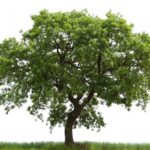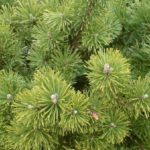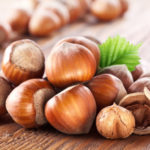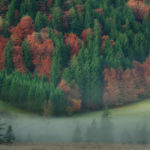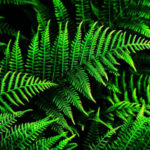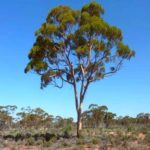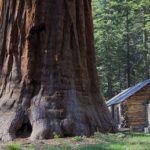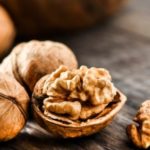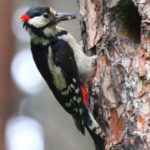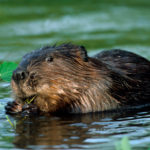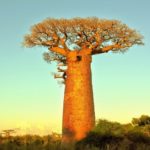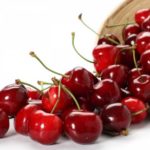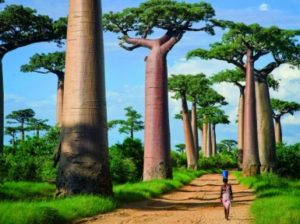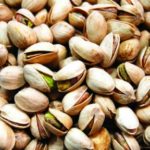Interesting facts about birches
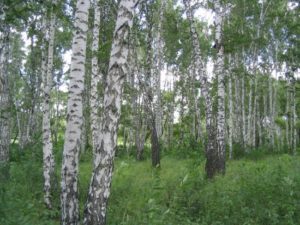 The birch tree is the habit of most of us wood. Birch groves always seem very light compared to conifers because of the white crust and the fact that the crown in adult trees of this species is located quite high. From time immemorial the birch was the most important resource for man, everything went in the course – bark, flowers, wood … It is difficult to overestimate the importance of this tree.
The birch tree is the habit of most of us wood. Birch groves always seem very light compared to conifers because of the white crust and the fact that the crown in adult trees of this species is located quite high. From time immemorial the birch was the most important resource for man, everything went in the course – bark, flowers, wood … It is difficult to overestimate the importance of this tree.
On our planet there are about a hundred species of birches. In Russia, this tree species is one of the most common.
Kidneys and leaves of birch are actively used in medicine as an antipyretic, bactericidal, diuretic and wound-healing remedy.
The image of birch is widespread in the culture of the Slavs, Finno-Ugrians, Scandinavians and some other peoples.
The word “birch” in the Old Slavonic language is derived from the verb “whiten, lighten up”.
Most birches grow to 30-45 meters with a trunk circumference up to 150 centimeters. There are also shrubs in this genus, hardly rising from the ground.
The bark of birches is white due to the resinous substance betulin. It protects the tree from unfavorable external factors, including parasites.
Birch seeds are exceptionally light – 5000 seeds weigh about 1 gram, so the wind can carry them to a huge distance from the mother tree.
Most birches perfectly tolerate permafrost and grow far beyond the Arctic Circle.
Birches can grow on almost any soil – wet, marshy, dry and stony.
The average life span of birches is about 100 years, although some trees live to 400 years or more.
In the wood of birch lives a stag beetle – the largest beetle in Europe.
Some species of mushrooms grow solely under birches – it is a birch birch, birch white mushroom, black mackerel and pink wave, as well as some varieties of russula.
Orthodox Christians often adorn the birch branches of the church and the house on Holy Trinity Day.
Birch leaves and alum allow to receive yellow paint for wool.
In the past, birch rays were often used to illuminate peasant huts, because this wood burns brightly, and at the same time almost does not smoke.
Birch logs are considered to be the best.
Birch brooms are not only an obligatory attribute of Russian baths, but also feed for cattle, which are harvested for the winter.
To build any structures from birch logs is not recommended, because the wood quickly begins to rot.
From birch wood, they make skis, toys, plywood and fittings for firearms. Kapy (outgrowths formed on different parts of birches), thanks to a beautiful pattern of wood, are used to cut out snuffboxes, cigarette cases, caskets and decorative furniture pieces.
Beresta (birch bark) – a great material for weaving baskets, bast shoes, bowls and boxes.
In ancient times birch bark was used as a paper – it is not afraid of moisture, thanks to which many records of the 11th-15th centuries have survived to the present day.
The peoples inhabiting the Far East and the North make boats from the birchbark and build dwellings (plague) for themselves.
Birch juice, the collection of which begins after the first spring thaw, is used for making a variety of drinks. One large tree can give more juice buckets a day without harm to itself.
According to ancient folk beliefs, the smell of birch helps protect yourself from the evil eye and saves you from melancholy. It was also believed that birch sap, collected on certain days in March and April, is capable of purifying blood.
During the decomposition of birch leaves, substances stimulating the growth of other plants are formed.

